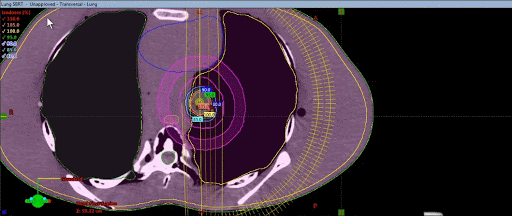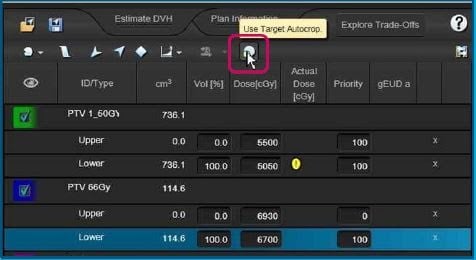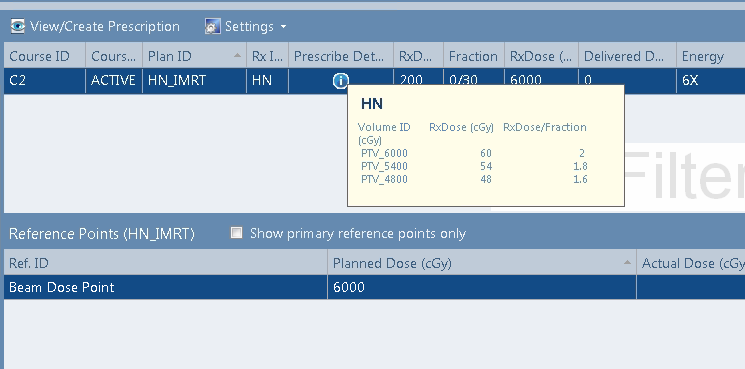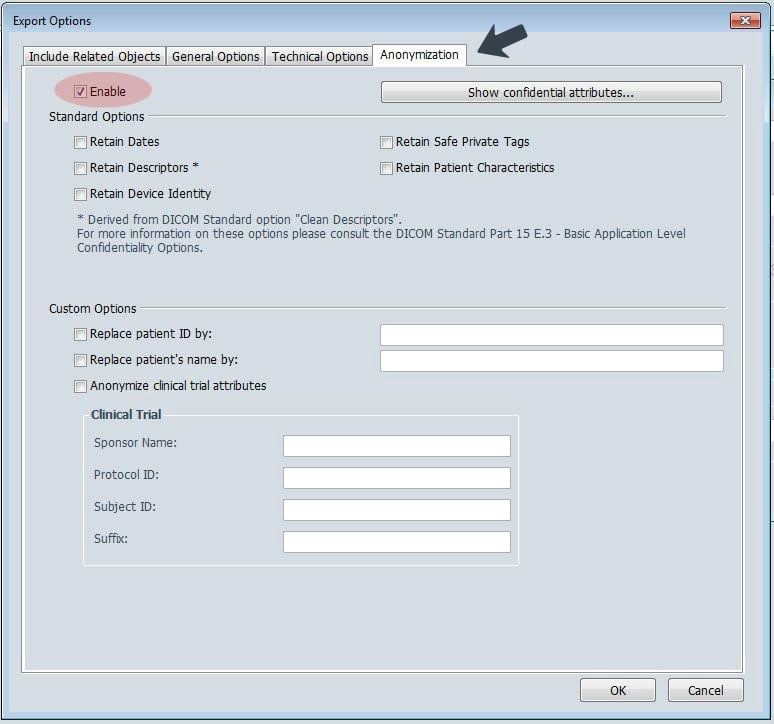Tips & Tricks: Eclipse Contouring
We want to share a few of our contouring tips and tricks that our team developed in the clinic.
We want to share a few of our contouring tips and tricks that our team developed in the clinic.
On the other hand, updates can solve known, lingering issues and patch bugs, removing the need for workarounds. And of course, upgrades often include new features and improvements that impact user experience in a positive way: optimizing productivity, providing new key information, or designing new ways to attack familiar problems. Ultimately, the goal is to keep innovating and providing useful tools that provide value to the clinicians and patients we serve.
As former clinicians with decades of combined experience, we at Radformation are users of Varian’s ARIA and Eclipse, and are well-versed in the detailed workflows of both programs. With version 15 becoming more widely adopted, we wanted to make a list of the features that made our clinical lives easier. Here are the tips and tricks from version 15 that we think are worth sharing:
It’s often the case that departments need to fine tune their models using the dosimetric leaf gap (DLG) or leaf transmission parameters to maximize agreement with dose measurements. Prior to v15, having unique DLG parameters for algorithms of the same energy on a particular linac wasn’t a possibility. But this need isn’t uncommon—it could be that a department has a standard model and a small field model of the same energy, for example. Prior to v15, this was RT admin global setting. In v15, creating a model with a unique DLG can be done by simply adding a DLG to the MLC in Beam Configuration, which overrides the global setting for that algorithm.

This one is practical for those that prefer isodose lines to dose color wash. Instead of accessing the Relative Dose Isolevel Editor from the Tools dropdown, it’s extremely easy to change isodose levels on the fly by simply holding CTRL and double-clicking on any of the isodose values and replacing it with a different value. The rest of the lines scale with your entry for quick and easy isodose changes.

As a dosimetrist, I did a lot of VMAT planning in the clinic, so the most impactful changes in version 15 were the upgrades in Eclipse. The IMRT/VMAT optimizer includes Target Autocrop, a new feature that automatically crops organs at risk (OARs) from targets during optimization, eliminating the need to create separate cropped contours just for optimization.

From the scripting perspective, the v15 API opens up the possibility to write changes back to ARIA, which allows us to do so much more to streamline planning and plan reporting. For example, using document services, we’ve modified ClearCheck to allow one-click direct reporting to ARIA Documents, which eliminates the hassle of saving to a storage drive for later import. In the latest version of EZFluence, the fields and plan can drop directly into Eclipse instead of requiring manual import for those with Eclipse v15+, and we can call the leaf sequencer and calculation modules through the Eclipse API to run those calculations efficiently.
Before joining Radformation to work on a tool for automated weekly physics review, the clinic I worked for used ChartQA for our weekly physics checks, because it has most of the information you need to verify over the course of treatment. Since we linked our RT prescription to the plan in Eclipse, we wanted to verify the accuracy of that prescription entry as well, but prior to v15, that wasn’t an option. With the latest version, input from the RT Prescription tab is available, including all dose levels, within ChartQA for easy verification of primary and secondary reference points.

On the topic of the DICOM importer, one thing that has made physicist’s lives easier is the built-in patient anonymizer. With the new tool, clinicians have control to customize what pieces of the patient’s exported chart need to be kept private. This feature makes data sharing easier for clinical trials or for sending data to other clinics if you don’t have a third-party anonymizer. To enable the anonymizer, head to the Import/Export module and click on Export Options. The Anonymization tab has a number of customization options to make it work for any department.

Without a doubt, new versions bring change. It’s clear that Varian packed a number of useful features into v15, making a positive impact on how clinicians approach patient care. Hopefully there is something here that you weren’t aware of that you can incorporate in the clinic. Are there any great features from Eclipse/ARIA v15 that we missed? What are your favorites?

Tyler is a board-certified medical physicist with extensive clinical experience in radiation therapy. He is active in the medphys community including several AAPM committees, the AAPM Board of Directors, and as an ABR orals examiner. Tyler dabbles in real estate investing, loves preparing breakfast for his three kiddos, and enjoys playing adult coed soccer.
Related tags: Treatment Planning Tips & Tricks
We want to share a few of our contouring tips and tricks that our team developed in the clinic.
TG-101 report addendum makes modifications to key dose constraints for three-fraction SBRT
ClearCalc is upping the ante with a new Monte Carlo module among other exciting updates.
Leave a comment